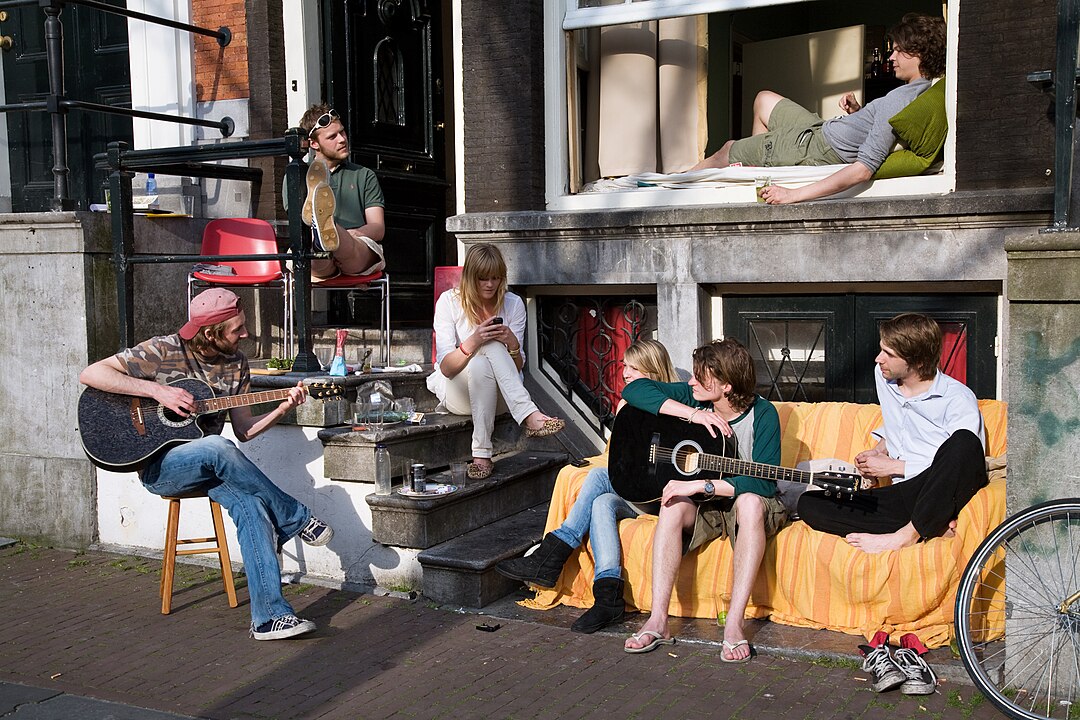Almost half of the artists who responded to the latest Arts and Culture Barometer in Finland have considered changing careers or have already done so in the past year, moving away from the arts. This figure has increased by five percentage points since the issue was last examined in 2022. A clear majority (55%) are young artists below the age of 35. The most common reasons for changing profession are related to uncertainty over earning a livelihood and low societal appreciation of art.
Funding cuts to the cultural sector have exacerbated this uncertainty and lack of prospects.
The results suggest that the status of artists could be improved with more flexible support systems, clearer social security, and the option to combine different income streams.
The Finnish Arts and Culture Barometer is produced in cooperation between the Arts Promotion Centre Finland and the Centre for Cultural Policy Research (Cupore). It monitors artists' views on topical phenomena annually. The recently published barometer report focuses on the funding and support of artists' work. A total of 1,253 artists and 81 peer reviewers from Taike and arts foundations responded to the barometer survey in autumn 2024.
According to the Barometer, a higher than average proportion of artists have low incomes, earning on average approximately half of their total annual income through their artistic work. Few artists earn a living entirely or even largely through their artistic work. In order to secure their livelihood and finance their art, many perform other jobs alongside their artistic work. Income typically comes from several different sources. The majority (85%) of artists had three or more sources of income during the year, with a maximum of nine. The most common sources of income were salary or wages, work compensation and fees; two out of three respondents had received income from these sources in 2023.
Τhe challenges with grants
Grants are an important source of income, particularly for financing artistic work. In 2023, around a third of artists had received unemployment benefits, while just over a fifth received financial support from family or close friends. While sales of their own artistic works and income from commissions are important to a clear majority of artists, for only just over a third they are of great importance in terms of livelihood. Only a few artists have used crowdfunding, and they have had mixed experiences with it. Campaigning is considered laborious and crowdfunding is thought to be more appropriate for organisations, for example for covering publication costs.
At the same time, grants are an uncertain and uneven source of income. According to artists, the level of a taxexempt working grant that would be sufficient to live on and do artistic work in Finland should be around 30,000 euros per year – higher than the current level of state artist grants, which in 2024 was 26,269.46 euros.
According to experiences of artists, the grant application process is laborious and time-consuming, which reduces time for making art itself. Short-term grants in particular are seen as insufficient to enable long-term artistic work, and the time it takes to apply for them is disproportionately long compared to the size of the grants. The processing of grant applications is uncertain, and decisions are associated with experiences of favouritism, injustice, and a lack of transparency. The situation after the end of the grant period is challenging for many artists, as the systems do not recognise work performed with a grant as paid employment. This causes problems in matters concerning social and unemployment security.
Although there are many challenges associated with the system, artists essentially view grants as an opportunity to focus on artistic work and developing their skills without external or commercial pressures. Grants enable diversity and free expression in art – which artists across Finland consider to be the state grant system’s most important task to safeguard. When making funding decisions, the most important issues in the responses of both artists and peer reviewers are the quality and level of the art, the fair and equal treatment of applicants, and the role of art in offering new perspectives. In their own view, peer reviewers have sufficient expertise to take equality and nondiscrimination into account in their work.
Αrtists and entrepreneurship
When it comes to future employment, many artists consider a combination of different methods to be the most preferable option. For many, it is a question of realism, as few see it as possible to rely on just one method. For other artists, having diverse and versatile ways of working is a natural way to operate.
Fewer than one in ten respondents were interested in entrepreneurship as the only form of employment. There is an ambivalent attitude among artists towards entrepreneurship: some artists see entrepreneurship as an opportunity to control their own work and finances, while others feel that it limits their artistic freedom. For many, entrepreneurship is also a necessity due to circumstances.
In 2024, about a third of artists (35%) were entrepreneurs, and entrepreneurship is of particular interest to young artists. The responses of artists interested in entrepreneurship highlight practical aspects of organising their work, such as tax benefits. The attractiveness of entrepreneurship is increased by the independence it offers and the opportunity to control one’s own working methods. Entrepreneurship also meets with opposition among some artists, as it is thought to subordinate art to the conditions of a market economy and reduce the meaning of art to that of a mere product to be sold. Even if they are not opposed to entrepreneurial activity themselves, many artists feel that entrepreneurship and artistry are not easily compatible. For example, art can be in a form that is difficult to sell, and not everyone creates products that are sold regularly enough to make the business profitable.
You can read the barometer here.
--
Photo credit: Jorge Royan
Photo source








